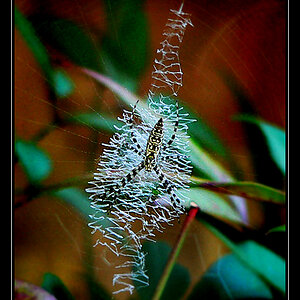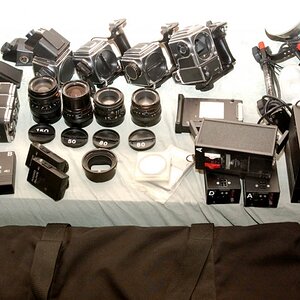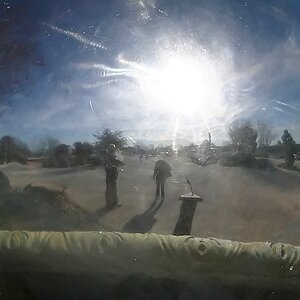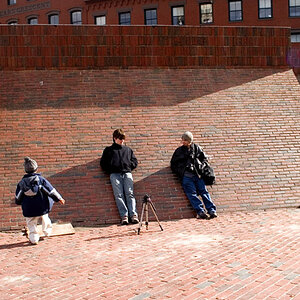Ysarex
Been spending a lot of time on here!
- Joined
- Nov 27, 2011
- Messages
- 7,137
- Reaction score
- 3,691
- Location
- St. Louis
- Can others edit my Photos
- Photos OK to edit
In order for it to be a fair comparison and so compare the effect of sensor size you have to take the same photograph. To do that with two different size sensor you must change focal length. And yes that focal length change will factor in but so does the sensor size. If you don't take the same photograph you have nothing to compare.
Joe
So you are saying that all other things being equal, two different sized sensors will produce a digital image with the same Depth of Field. By "all other things" I am referring to focal length, distance to subject, aperture, and uncropped or unenlarged images displayed at the images' native resolution. Obviously the view angles and actual sizes (in pixels) will differ between the images.
No. If you don't crop the FX sensor you have two different photos and the DOF between them is different. It's just not a helpful comparison because you have two different photos. Either way you'll get different DOF. 1. Don't crop the FX sensor image or 2.compare same photographs (requires FL change).
Joe
I'm done with the hijacking of this thread. My observations from any testing will be posted elsewhere.
Happy to have you along here.




![[No title]](/data/xfmg/thumbnail/37/37119-95714aab9befe33ecb7b951366bedc94.jpg?1619737883)
![[No title]](/data/xfmg/thumbnail/42/42348-b961c40032587da9952402de14b5976a.jpg?1619740146)
![[No title]](/data/xfmg/thumbnail/41/41763-0bab4b330c52691d3fe616ed090ace09.jpg?1619739885)

![[No title]](/data/xfmg/thumbnail/41/41760-e5b9dc90c1289f677ce3ca9dc1fa6dde.jpg?1619739884)



![[No title]](/data/xfmg/thumbnail/39/39645-11fae384f9fd2ec2813acc42adec0206.jpg?1619739148)
